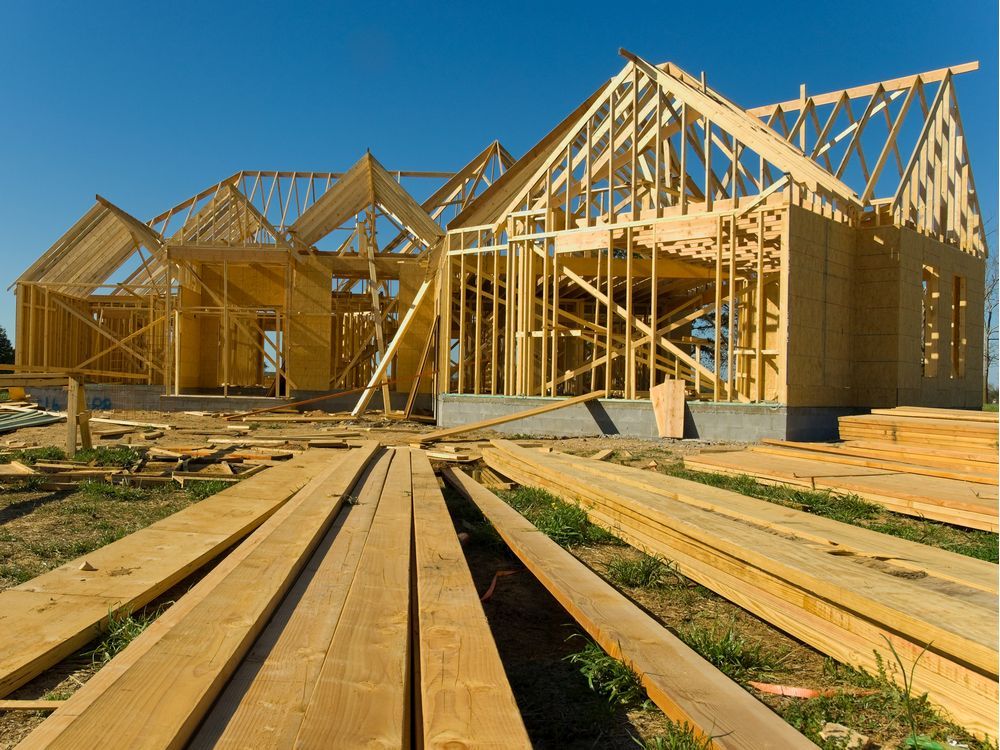Commercial Real Estate: Construction sector seeing strong jobs growth, but retirements loom

Credit to Author: Evan Duggan| Date: Tue, 19 Nov 2019 19:00:38 +0000
B.C.’s 10-year projection for total unfilled construction jobs has fallen to 7,900 from 11,700 positions, a 32.5-per-cent reduction from last year’s projection, according to the B.C. Construction Association (BCCA).
The reduction is due partly to the cancellation of proposed projects around the province, but also due to some progress in attracting and retaining workers, the BCCA said in its most recent industry stats snapshot report.
Overall, B.C.’s construction industry accounts for 8.6 per cent of the province’s GDP and more than 236,000 people rely on the construction industry for a paycheque. The province now has 25,736 construction companies in operation, up 17 per cent over the last five years, the report said.
The report said there are $115 billion in projects underway, and another $206 billion in proposed projects on the horizon. That’s down from roughly $260 billion in proposed projects tallied in the last quarter, said Chris Atchison, the president of the BCCA, in a call with Postmedia.
The decrease was mainly due to the cancellation of two LNG projects totaling $55 billion. In December, 2018, Exxon Mobil and Imperial Oil Ltd shelved their WCC LNG project in the Prince Rupert area valued at $25 billion. Then, earlier this year, Steelhead LNG cancelled its Kwispaa LNG project on the west coast of Vancouver Island. It was valued at $30 billion.
Productivity, however, remains strong overall, Atchison said. “It’s always encouraging for us to see the amount of work that is underway and the work that is being proposed for this province.”
The construction industry workforce represents 9.2 per cent of the province’s total workforce, larger than forestry, mining, agriculture, fishing and manufacturing combined.
The average yearly wage of B.C. construction employees has climbed to $61,784, up from $57,647 in the fall of last year. Wages are up 10 per cent over the last five years.
While the number of unfilled jobs has decreased, the province and its construction industry continue to face a labour shortage, he said.
“Although it’s good when it comes down, we’re still seeing an aging workforce,” he said. “We have primarily workers that are over 45 years old and they’re going to be inching toward retirement.”
He said there will eventually arrive a retirement exodus and the construction labour shortage is expected to continue for at least the next 10 years.
“One of the areas that we’re really focusing on is making sure … we’re attracting new people to the skilled trades, and to the province and to our industry, but we also we have to spend quite a bit more time and focus and energy on the retention of people,” Atchison said.
Part of the solution is achieving more diversity in the industry. The construction trade workforce is 95 per cent male. To make progress, the association is working with employers to change the culture and the perception of the industry for potential recruits, Atchison said.
“(We need) more women, more youth, more indigenous participation within the ranks of the labour force in construction,” he said.